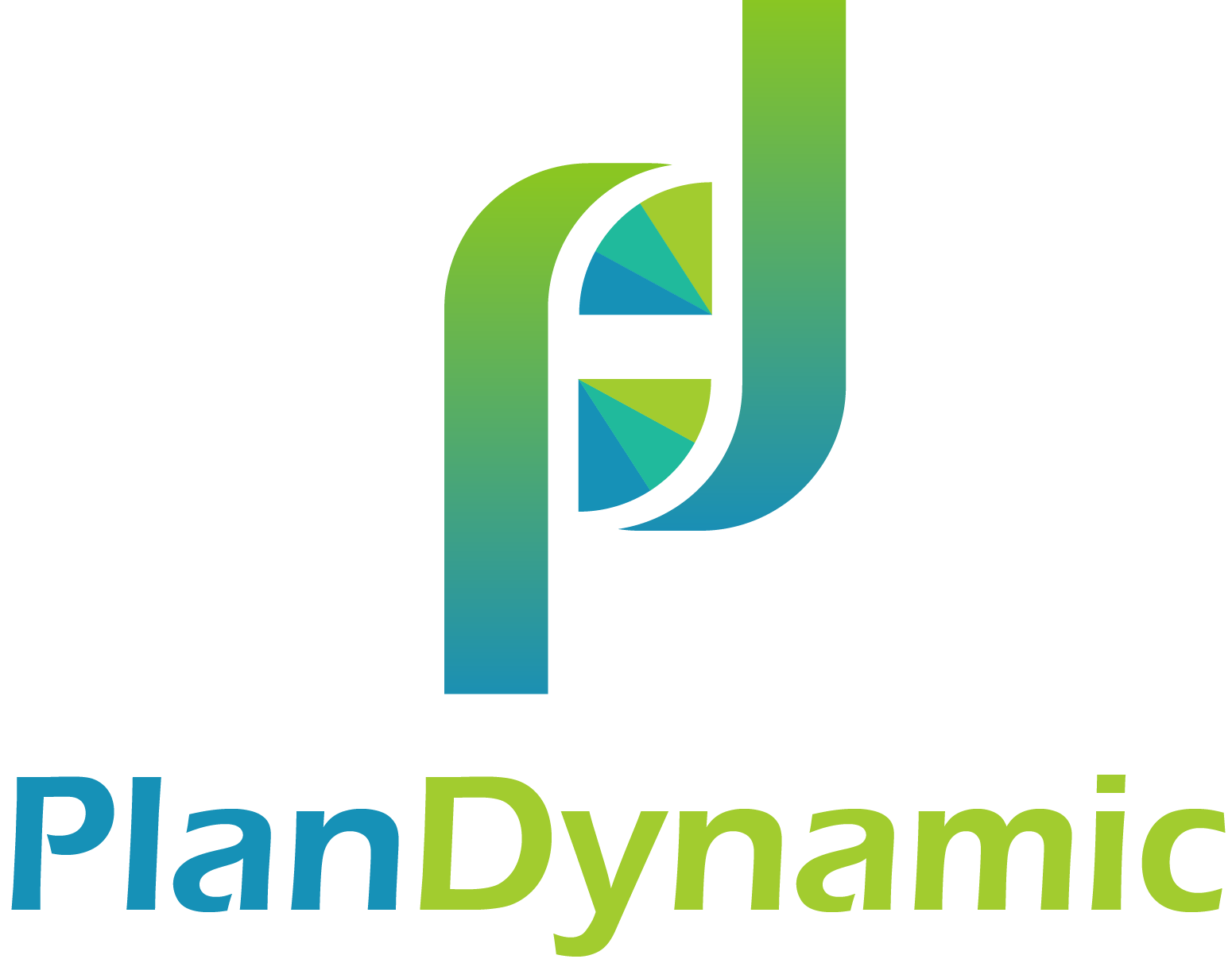Never ask, “Where do you want to go to college?”
From birth, parents control kids' activities, finances and help shape their problem-solving skills. It continues through high school, then something strange happens… parents step back and ask their teenager, “Where do you want to go to college?”.
Stop!
You’d never take them to a car lot and ask, “What car do you want to drive home today?” Yet, the crazy notion of financing a $75,000 car for your teen would cost considerably less.
Take control, don’t be another victim - The student debt crisis has many sides to blame: government taking over student lending in 2009, unlimited money supply allows schools to raise tuition 5-7% annually and students (plus parents) desire for “brand name” schools on top of college rankings lists.
College Rankings lists are brand marketing - CNBC’s latest “Colleges That Pay Off The Most” listed Stanford #1 again, followed by the usual trophy schools - ones kids (and parents) brag about attending. Criteria is based on 10-year earnings of graduates minus college costs.
Sounds noble until you discover costs are calculated based on Average Net Price Tuition for a family income $48-75K, which for Stanford is $3,490. Realize under 1% of 7,083 Stanford undergrads pay this, while 52% pay the full $55,000 tuition. If cost criteria was tuition paid by majority over 4 years ($220,000) instead of paid by less than 1% ($14,000), would Stanford and others even make this list?
“What are you interested in doing for work?” - This is the appropriate question and should be the focus of your teenager.
Share family finances with your teenager and together execute a broad screening of schools based on programs offered to benefit a desired profession. Become educated on Return on Investment (ROI) using school’s data on 5-year earnings per degree (not just the school) and calculate your true costs to attend.
Use Net Price Calculators (NPCs) - Found on a college’s website, these are designed to generate your personal cost to attend. You’ll share information from tax returns, size of non-retirement investment accounts, children's accounts (i.e. 529s) and for merit scholarship purposes supply GPA, test scores, class rank and activities.
You’ll discover if $55K tuition may be $34K, $23K or harsh reality it will be $55K. Because you’ve shared available savings, your teen can visualize their debt obligation upon graduation before they get emotionally invested.
The road less traveled yields merit - “Top ranked” schools get thousands of honor roll students applying and willing to pay, so merit scholarships are awarded to those truly moving future rankings.
Same honor roll student discovers a lesser-known college based on a program of interest, engages with a local recruiter, shares financial information, and chooses early decision or early action - here comes the merit.
For these schools to compete, they’re willing to invest in your kid’s ability to excel upon graduation, raise the 5 and 10-year earnings of graduates from the program and be an advocate for the college.
Eliminate emotional decisions to raid investment accounts, borrow heavily and/or delay retirement to make your teenager happy, because they won’t be. Instead, lead a process that engages them, puts them on a desired career path and provides financial transparency now and in their future.
The opinions voiced in this material are for general information only and are not intended to provide specific advice or recommendations for any individual.
Glenn Brown is a Holliston resident and owner of PlanDynamic, LLC, www.PlanDynamic.com. Glenn is a fee-only Certified Financial Planner™ helping motivated people take control of their planning and investing, so they can balance kids, aging parents, and financial independence.
This article appeared in the September editions of Local Town Pages for Holliston, Natick, Ashland, Franklin, Hopedale, Medway/Mills, Bellingham, and Norfolk/Wrentham.
Please call me at (508) 834-7733 or directly schedule a meeting to learn more about considerations for planning and investing so you can balance kids, aging parents and your financial independence.
PlanDynamic, LLC is a registered investment advisor. This article is intended to provide general information. It is not intended to offer or deliver investment advice in any way. Information regarding investment services are provided solely to gain a better understanding of the subject or the article. Different types of investments involve varying degrees of risk. Therefore, it should not be assumed that future performance of any specific investment or investment strategy will be profitable.
Market data and other cited or linked-to content in this article is based on generally-available information and is believed to be reliable. PlanDynamic, LLC does not guarantee the performance of any investment or the accuracy of the information contained in this article. PlanDynamic, LLC will provide all prospective clients with a copy of PlanDynamic, LLC’s Form ADV2A and applicable Form ADV 2Bs. You may obtain a copy of these disclosures on the SEC website at http://adviserinfo.sec.gov or you may Contact Us to request a free copy via .pdf or hardcopy.
